Geneva, 23 Rabi’ul Akhir 1434/ 5 March 2013 (MINA) – The United Nations Children’s Fund (UNICEF) said on Tuesday that it needs USD 20 million for its education programs in Syria during the first six months of current year, of which it has received no more than USD 3 million.
The Syrian conflict has deprived hundreds of thousands of children of their education, UNICEF said in a press release, adding that school infrastructure has been severely damaged, while attendance rates are plummeting.
Almost two years into the Syria crisis, the escalating level of violence is threatening the education of hundreds of thousands of children, UNICEF noted in its 2012 education assessment, according to Kuwait News Agency (KUNA) report monitored by Mi’raj News Agency (MINA) .
One fifth of the country’s schools have suffered direct physical damage or are being used to shelter displaced persons.
Also Read: Russia Condemns UN Gaza Resolution, Says It Contradicts Palestinian Statehood
In cities where the conflict has been most intense, some children have already missed out on almost two years of schooling.
“The education system in Syria is reeling from the impact of violence,” said Youssef Abdel-Jelil, UNICEF Syria representative, adding that “Syria once prided itself on the quality of its schools. Now it’s seeing the gains it made over the years rapidly reversed.” The UNICEF assessment also noted that many parents are now reluctant to send their children to school, fearing for their safety.
Among other findings in the assessment, at least 2,400 schools have been damaged or destroyed, including 772 in Idlib, 50 percent of the total, 300 in Aleppo and another 300 in Daraa, while over 1,500 schools are being used as shelters for displaced persons.
Furthermore, more than 110 teachers and other staff have been killed and many others are no longer reporting for work.
Also Read: Israeli Airstrike on Palestinian Refugee Camp in Lebanon Kills 13
In Idlib, for example, teacher attendance is no more than 55 percent, while in Aleppo; children attendance rate has dropped to as low as 6 percent, and some schools have been used by armed forces and groups involved in the conflict.
The assessment said schools in Idlib, Aleppo, and Daraa, where fighting has been particularly severe, are among the worst affected. As a result, schoolchildren are often failing to turn up for class, sometimes attending only twice a week.
In areas hosting high numbers of displaced families, classes are overcrowded, sometimes hosting up to 100 students.
“Being in school makes children feel safe and protected and leaves parents hopeful about their children’s future”, said Abdel-Jelil, indicating at the same time “that’s why so many parents we talk to single out education as their top priority.”
Also Read: UN Security Council Adopts US-backed Resolution to Deploy International Force in Gaza
Working to address children’s learning needs inside Syria, UNICEF is supporting more than 170 school clubs in Homs, Daraa, Rural Damascus, Tartous, Lattakia, Hama, and Quneitra. The clubs allow some 40,000 children to receive much needed remedial education and take part in recreational activities.
UNICEF is also providing teaching and learning supplies, and rehabilitating damaged schools. However, an additional USD 1 million is needed to keep the clubs open until the end of May.
Funding shortfalls are also preventing the provision of urgently-needed pre-fabricated classrooms, repairs and rehabilitation of learning spaces, and the provision of teaching and learning materials.
UNICEF Syria’s priorities in education include providing 1 million children with school materials, increasing access to education for 150,000 children, particularly among the internally displaced, providing 300,000 children with emotional support, and providing pre-fabricated classrooms to increase attendance and support the resumption of educational activities. (T/P011/E1)
Mi’raj News Agency
Also Read: UNIFIL Condemns Israeli Tank Fire Targeting Peacekeepers in South Lebanon







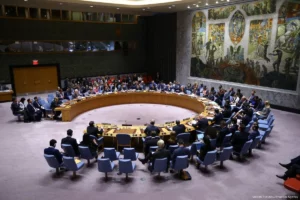
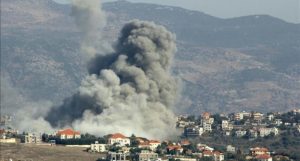

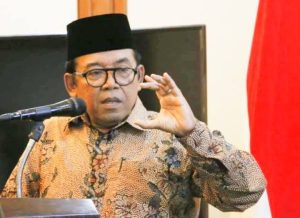
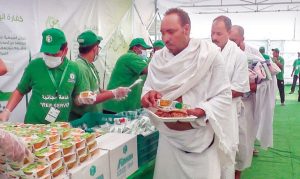
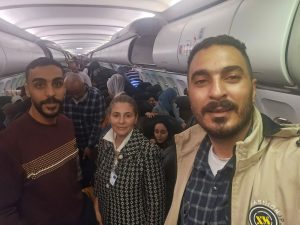
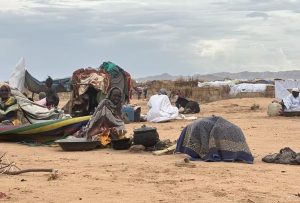





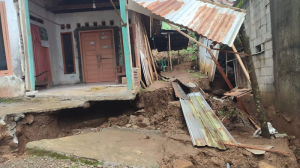


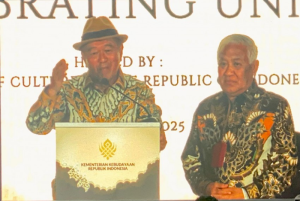



 Mina Indonesia
Mina Indonesia Mina Arabic
Mina Arabic